When an electrical component stops working the fault may be in the component,
In the electrical circuit or in the fuse that protects them. Because the fuse is a likely cause, and the easiest to check, look at it first.
The fuses are usually grouped in a box or on a panel with a cover.
Ideally, the box should be fixed in an accessible place;
Such as the bulkhead under the bonnet.
Often, however, it is hidden away,
Perhaps under the dashboard or down in the front knee-well.
The car handbook usually gives the location,
But without a book finding the box can prove difficult.
Get to know where it is before anything goes wrong.
The individual fuses in the box are usually numbered,
So, sorting out which one may have blown is simplified by referring to the numbered list in the handbook. This should tell you which fuse protects which circuit.
Where they are not numbered,
Take out each fuse in turn and see which component stops working.
Types of fuse
The type and construction of fuses varies from car to car.
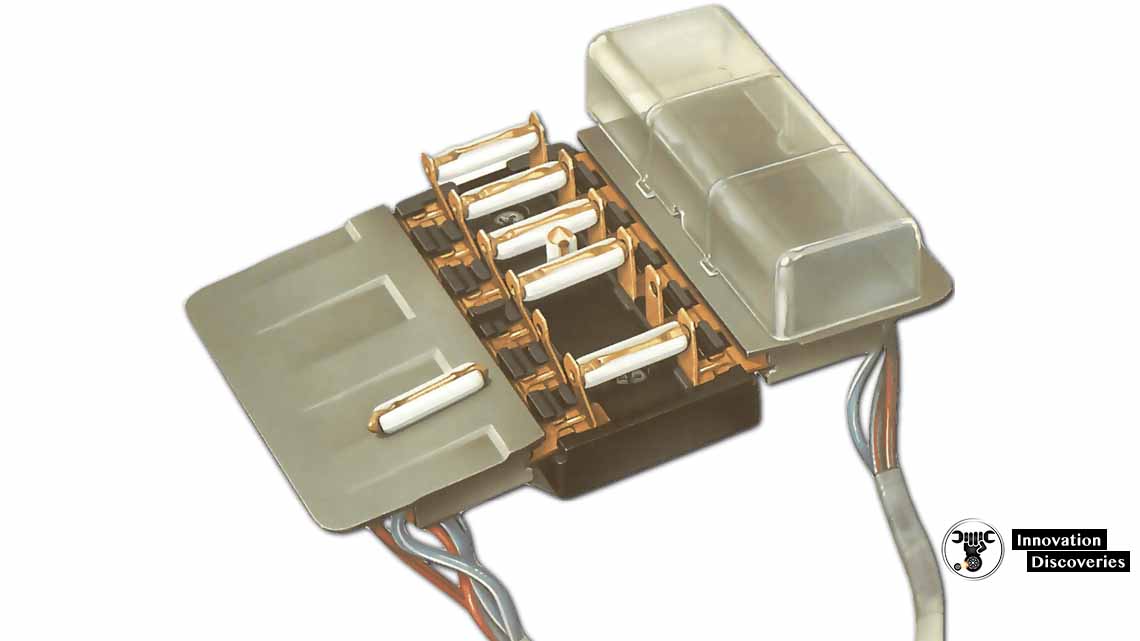
Or in the knee-well at the front.
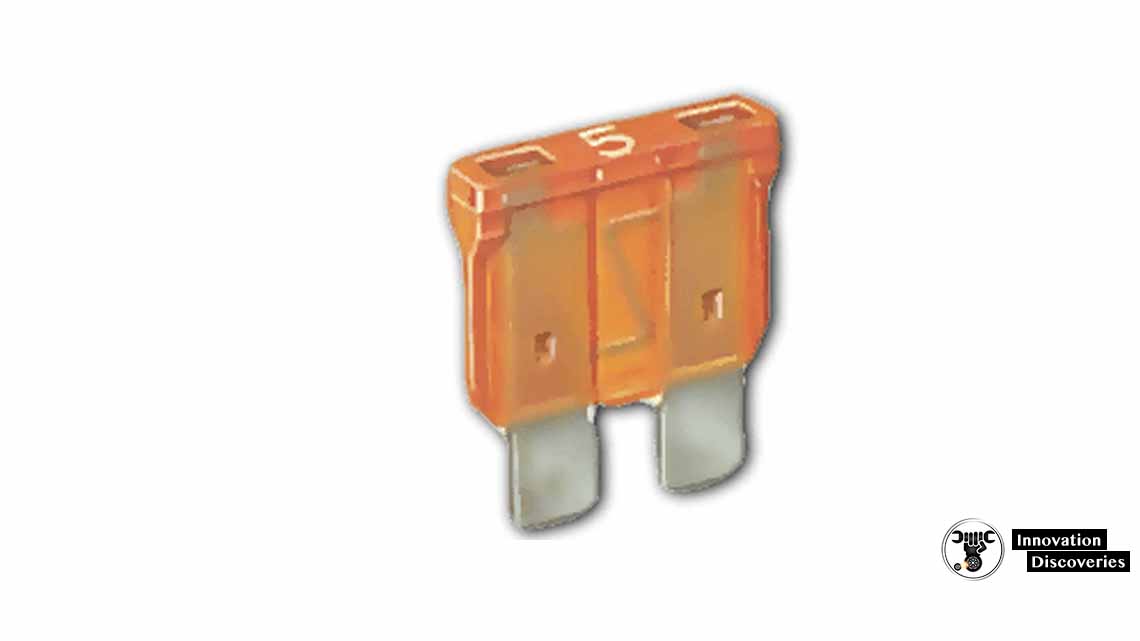
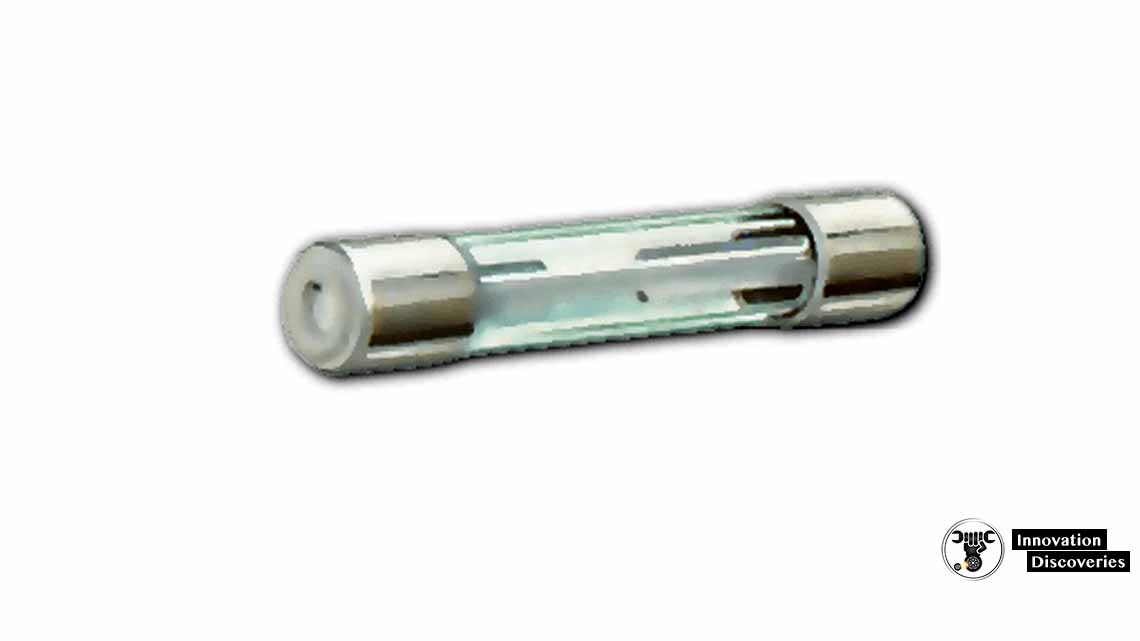
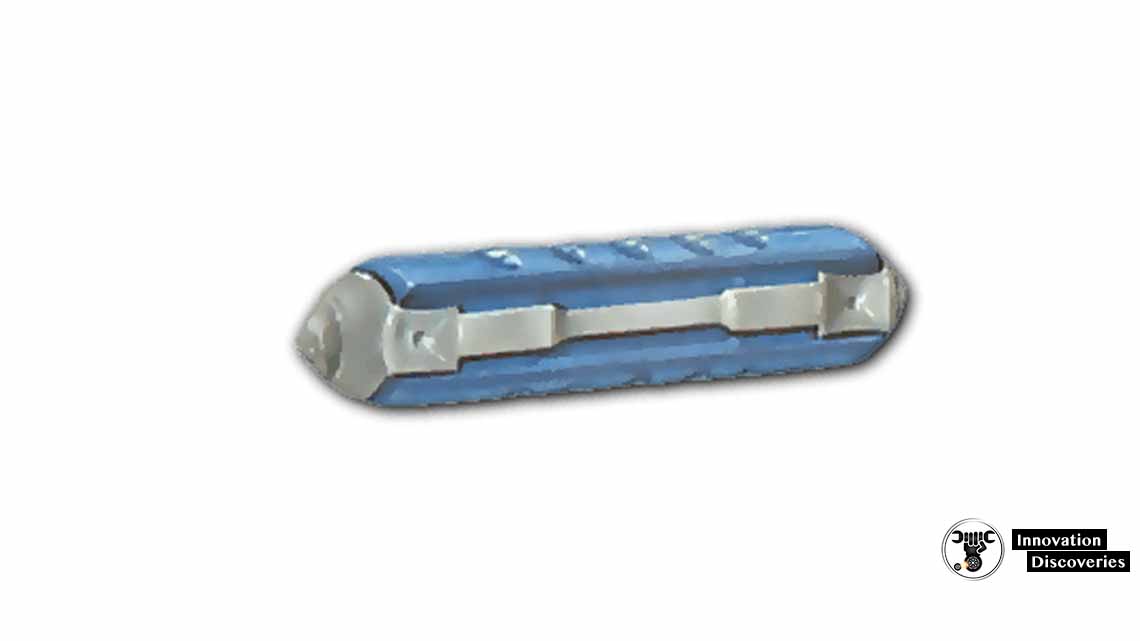
Checking fuses
Depending on the fuse design,
It is sometimes possible to tell whether it has blown by holding it up against a light;
A break in the wire inside may be visible. Another clue is the blackening of the glass cover.
If there is no visible sign, check by fitting another fuse of the same rating;
If that cures the trouble, then the fuse was to blame.
However, it is always advisable to check the circuit also,
In case a fault in it caused the fuse to blow. For example, failure of an electrical component or
Damaged insulation on a cable can cause a short circuit,
Resulting in a sudden massive increase in current.
If the cable overheated, there could be a fire. The fuse prevents that happening,
Because its thin wire will melt and break the circuit long before the cable,
Itself can heat up and burn.
Some cars have only two fuses. One rated at about 30-50 amps protects components wired through the ignition switch;
Flashers, wipers, heater-motor, and instruments.
A blown fuse
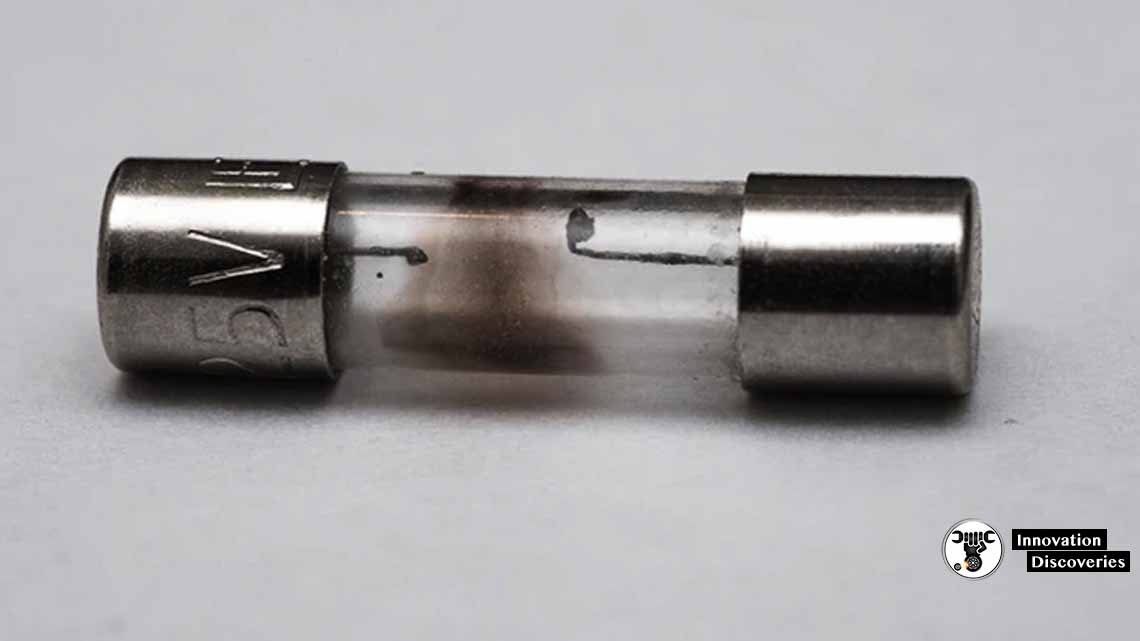
Its two ends melt under an overload of current.
The other, probably rated at about 20-30 amps,
Protects components not wired through the ignition horns,
Interior lights and the cigarette lighter.
Where a single fuse protects some circuits and keeps blowing,
Each circuit must be checked individually to discover which one is faulty.
To find the faulty one, fit a sound fuse while all the relevant components are switched off. Now switch them on one at a time – the circuit with the fault will blow the fuse.
Always replace a fuse with one of the same ratings. Replacing, say,
A 10amp fuse with a 30amp one could result in considerable damage.
The 10 amp fuse would normally protect a circuit carrying 7 amps:
A 30 amp fuse would allow a 30 amp current to flow through,
With possibly a disastrous effect on the unit or cable, it was supposed to protect.
Changing a fuse
In most fuse boxes, the fuses simply push into a pair of spring-clip contacts.
Pull out the suspect fuse and, using fine emery paper,
Clean off any dirt or corrosion from the inside contact surfaces of the clips.
Make sure the new fuse has the correct amp rating for the circuit
(See How car electrical systems work );
Use fine emery paper to brighten the metal caps at each end)
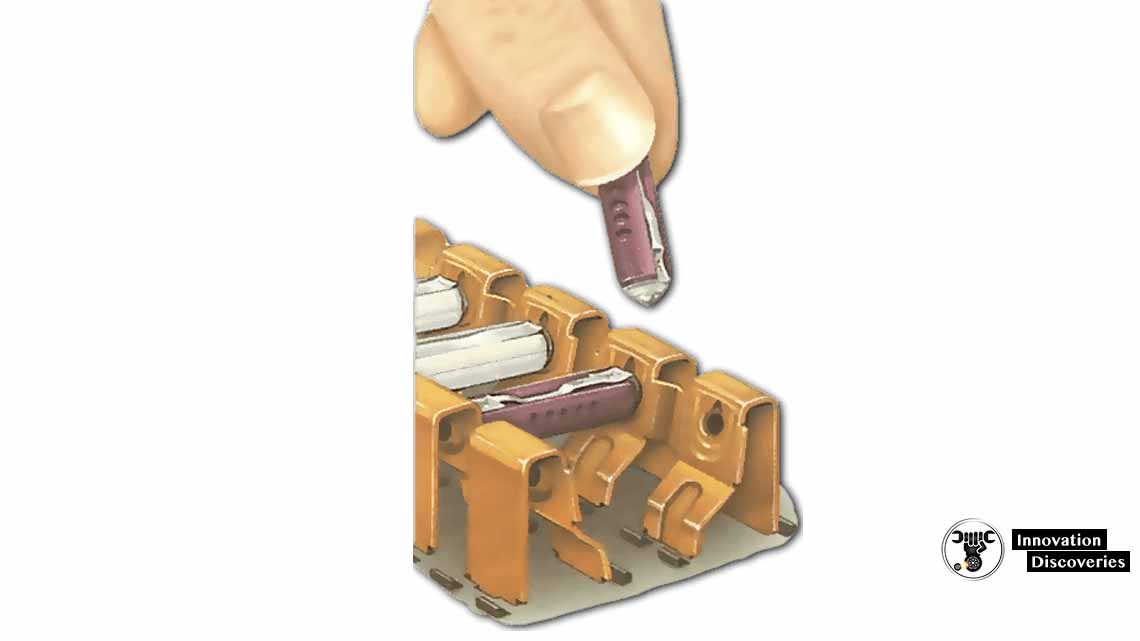
These are also the fuse contacts. The clips are sprung and should hold the fuse tightly in place.

Ensured good contact with the spring clips.
Push the fuse into the vacant clips and
Try the circuit to see if power is restored.
If it is not, check by fitting a fuse of the same rating from a circuit you know is working.
If this does not work, the fault is not in the fuse,
But elsewhere in the circuit.
Read more:


